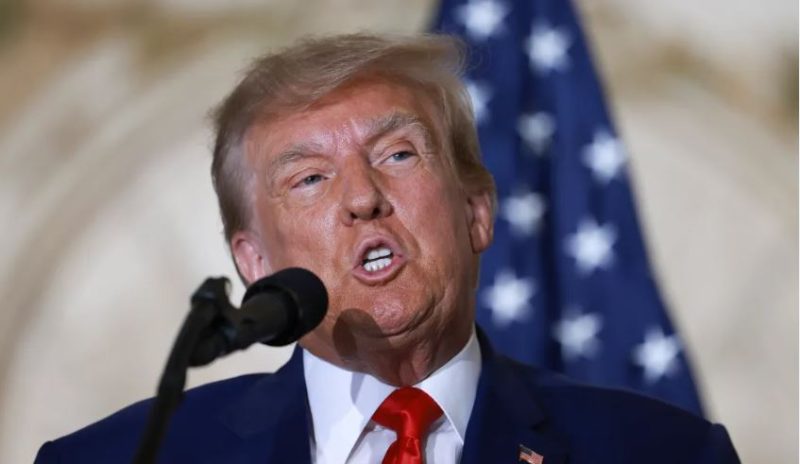What the executive order does
President Donald Trump signed an executive order on Thursday, August 7, directing regulators to clear a path for “alternative assets” — including cryptocurrencies, private equity, and real estate — inside employer 401(k) plans. The White House says the Labor Department will revisit ERISA fiduciary guidance while the SEC works on complementary rule changes so plan providers can add these exposures to participant menus.
The move follows a May 28 bulletin in which the Labor Department withdrew its 2022 “extreme care” warning about crypto in 401(k)s, returning the agency to a more neutral stance. Thursday’s order goes further by pushing coordinated DOL–SEC action designed to reduce litigation risk and normalize professionally managed funds that include small crypto sleeves.
If you’ve ever scrolled your 401(k) lineup and wondered why it’s mostly stock and bond funds, this is why: plan sponsors have avoided alternatives because of fiduciary fears and unclear rules. Trump’s order tees up a rulemaking process to change that, but it doesn’t flip a switch overnight. Agencies must propose and finalize guidance, and employers still decide whether to opt in. Expect months, not days.
Market reaction
Traders read the policy as a win for mainstream crypto adoption. Bitcoin jumped back above $116,000 intraday on Thursday, with some outlets also noting prints near $117,000 as headlines hit. Analysts framed the move as unlocking a new, long-duration demand channel via retirement accounts. If rule changes stick, platforms could route flows through diversified funds or spot bitcoin ETFs that plans already know how to custody and price. That said, even proponents expect a slow start as committees vet fees, liquidity, and valuation.
What changes for savers — and when
For participants, the impact is procedural first and practical later. Here’s the likely sequence many experts expect to see:
- DOL and SEC publish proposed guidance and rule tweaks; public comment follows.
- Recordkeepers and asset managers build target-date and multi-asset funds with capped crypto sleeves rather than stand-alone coin options.
- Plan sponsors decide whether to add these funds after reviewing fiduciary risk, fees, and volatility. Adoption rolls out gradually and could take quarters, not weeks.
Why it matters: The $12 trillion-plus defined-contribution market has mostly steered clear of alternatives because of lawsuit risk and opaque pricing. Clearer standards could expand institutional ownership of digital assets and, over time, may dampen volatility as crypto sits inside diversified, professionally managed funds. Critics, however, warn that higher fees, liquidity constraints, and crypto’s price swings could harm savers if oversight and disclosures fall short. Proceed with caution.
